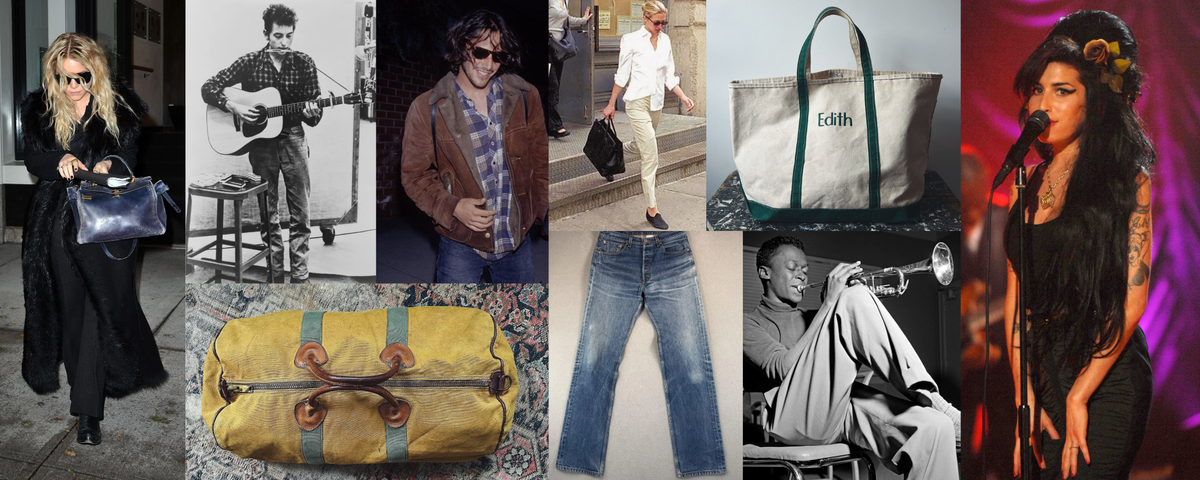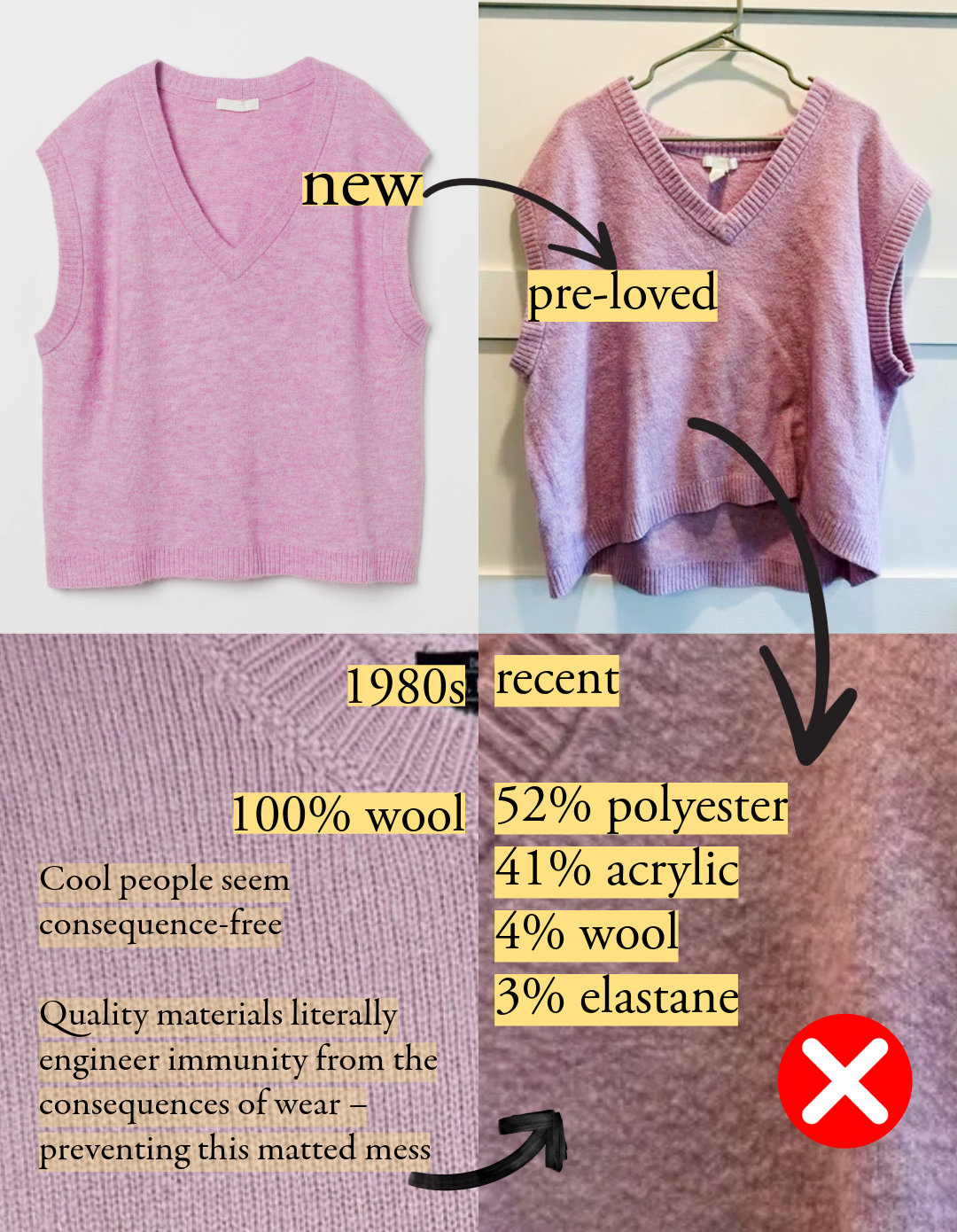The Science of Cool: What Psychology Research Reveals About Fashion

Watch the Video | Shop My Picks
A groundbreaking study spanning 12 countries just cracked the code on what makes someone "cool" – and it helps explain why certain fashion choices feel effortless while others fall flat.
What the Study Actually Measured
Here's what's fascinating about this research: scientists didn't study the personalities of people who are cool. Instead, they measured what traits people perceive as cool across different cultures. This distinction matters enormously.
The researchers used established psychological personality frameworks, specifically traits from the Big Five personality model and other validated psychological measures. They chose these particular terms because they have precise meanings in psychology research, not because they're how we'd casually describe someone at a party.
When the study identifies "extraverted" as a cool trait, it's using psychology's technical definition: someone who appears energized by social interaction and external stimulation. Then again, many people we perceive as extraverted might actually be introverts who've learned to perform extroversion skillfully. The study measured the performance, not the person.
Similarly, "hedonistic" in psychological terms refers to someone who appears to prioritize pleasure and immediate gratification, while "autonomous" suggests independence from social constraints. "Open" means receptive to new experiences, and "powerful" indicates someone who seems to have influence or control over their environment.
What Makes Someone Cool?
What did the research reveal? Across 12 countries, people consistently identified six traits as cool: extraverted, hedonistic, powerful, adventurous, open, and autonomous.
The pattern that emerges isn't about who these people actually are; it's about what they project. I see a through-line: cool people seem consequence-free as they navigate life on their own terms. They appear to engage in aspirational behaviors while reaping benefits without apparent costs. Gushing over that offbeat new restaurant? On its face, that's adventurous, autonomous, and open. The sharing of this experience: extraversion. Look deeper another layer and the way they navigated the menu to enjoy themselves paints them as hedonistic and powerful.
From Research to Reality: The Consequence-Free Connection
Someone who appears extraverted at a party doesn't seem worried about social rejection. Someone who seems powerful doesn't appear concerned about losing status. Someone who acts hedonistically doesn't seem to fear consequences from indulgence. The common thread is the projection of immunity from typical social, financial, or personal costs.
This insight maps directly to why certain fashion choices read as effortlessly cool while others feel try-hard or chaotic. Cool style projects that same consequence-free quality: it appears to navigate various situations effortlessly, without obvious downsides.
Fashion has been playing both sides of this equation for decades, sometimes engineering genuine consequence-free style, other times manufacturing an illusion of authenticity that crumbles under scrutiny – or wear.
The Consequence-Free Test
Consider the difference between these two scenarios:
The Polyester Trap: That trendy H&M vest might look appealing in-store, but after a few wears, the polyester fibers mat and pill. Far from consequence-free, it emphasizes the costs of mundane events like subway turnstile encounters and laundry. The opposite of cool.
The Vintage Wool Victory: A decades-old J. Peterman vest in 100% virgin wool tells a different story. Each wear adds character without compromising structure. You can still trace every stitch after years of use, true consequence-free style.

Know someone who'd enjoy insights that put them ahead of the curve? Share this email!
